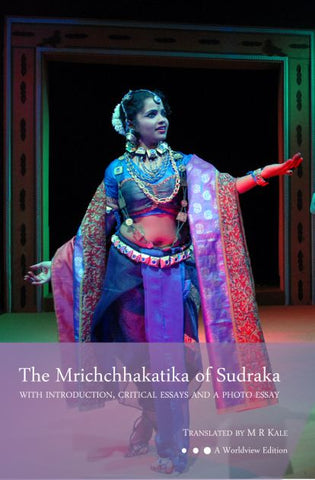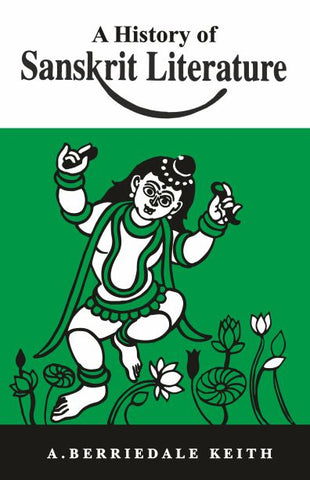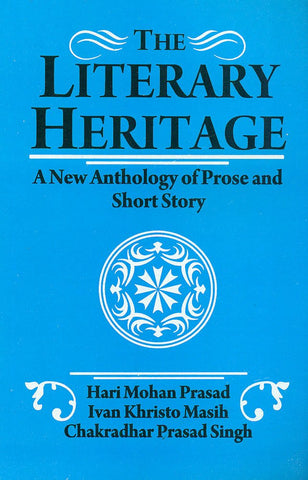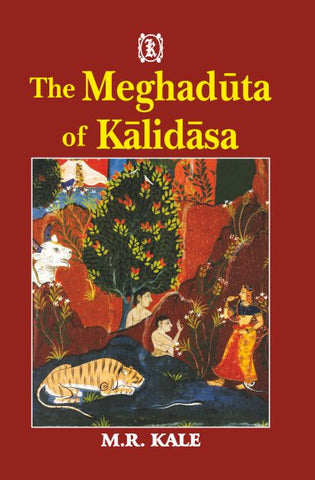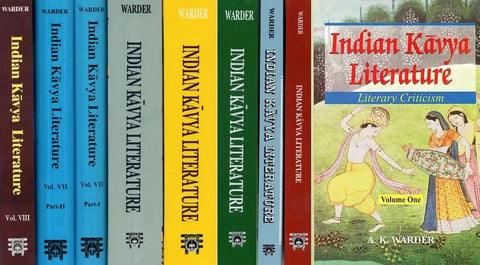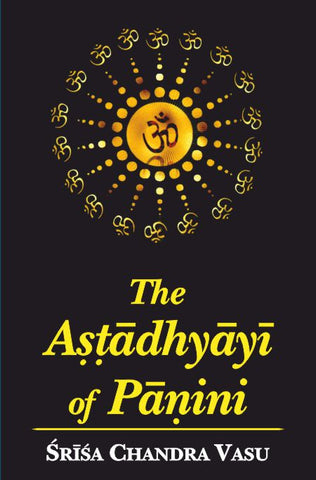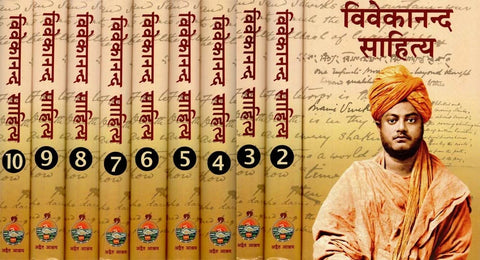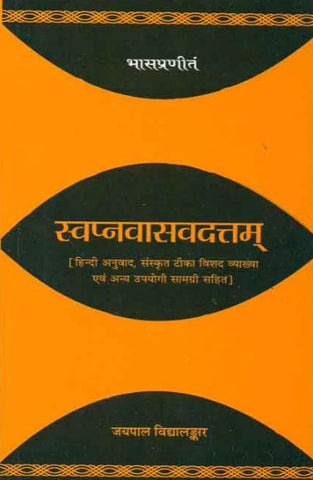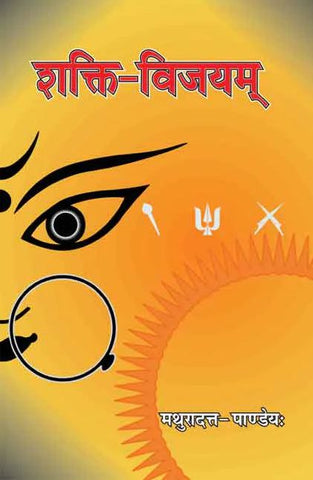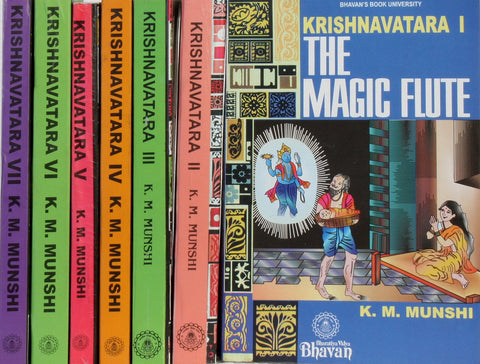Your cart is empty now.
The most important Kavyas of Kalidasa—Raghuvamsa and Kumara-sambhava—are distinguished by their independence of treatment and excellence of poetical beauty. The Kumetrasambhav a varies from the love-lines of spring and the delights of married love to the utter desolation induced by the death of beloved. The subject is unquestionably a daring one: the events which bring about the marriage of Lord Siva to Uma and the birth of Skanda. The prose order of each gloka has been given in the commentary by using bold type, the words not actually repeated by Mallinatha being en-closed within rectangular brackets. The notes explain allusions, gram-metical peculiarities not noticed by Mallinatha, copious extracts from other commentaries being given for this purpose. The book includes Text, the Commentary of Mallinatha, a literal English translation, notes and introduction.
At the suggestion of some professors and readers from several parts of India where this poem is studied as a text-book, I have added the 8th canto in this edition, thus giving the complete poem in one volume. As regards the additional cantos (9-17) found in some copies of the Kumgrasambhava, scholars are now generally agreed that they are spurious, being the work of some other poet. I have also taken this opportunity to submit the whole work to a thorough revision, with special attention to the needs of the class of students for whom this edition is intended.
As in other books edited by me, the prose order of each gloka has been given in the commentary by using bold type, the words not actually repeated by Mallinatha being enclosed within rectangular brackets. The notes explain all allusions, and grammatical peculiarities not noticed by Mallinatha, copious extracts from other commentaries being given for this purpose. The introduction also gives a summary of all the eight cantos in English. The main outline of the story, as found in the Siva-Purer, has also been given in original Sanskrit. Important additions have been made in the Notes, and in this respect I thankfully acknowledge the help derived from the Trivandrum Sanskrit Series edition with the commentaries of Arunagirinatha and Narayana. As before, I am indebted also to the editions of Deshpande and Chakravarti. Any suggestions etc. to further increase the usefulness of this edition will be most thankfully received.
I. THE SANSKRIT KAVYA
Before the student enters upon a critical and detailed study of the Kumirasambhava it is necessary that he should be acquainted with the salient features of what is called Maya in Sanskrit) Sanskrit rhetoricians have divided all kinds of literary compositions into two main divisions, To- ( what is capable of being seen ) and vgai ( what can only be heard or chanted ). the varieties of dramatic pieces come under the ptr class, while everything else can be broadly described as gm. The aivg litivya2, again, has been further sub-divided, on consideration of its form, according as it is written in verse, or in prose, or in mixed verse and prose.3 (1) Compositions in verse or metrical form are the commonest specimens of •anar Kavya. They generally fall into two classes, the distinction being based chiefly on their length4 :—(a) rigrwraqs or Great Poems', such as the Raghuvainia, the Alapalavadha &c., (b) and tque.4,Ezizts or Small Poetical Pieces ', a class which includes all minor lyrical poetry and such works as the Meghadilta, the Bhilminivilasa, the Amaruataka, &c. (2) Prose works are comparatively rare in Sanskrit; their main kinds are twos—Rather ( e. g. the Chidambaram of Bitnabhatta ) and A khyayika ( e. g. the liarshaAarita of the same author ). (3) Works in which prose and verse are mizerl are classed as Ohampils g. the Bharatachampti, the Vavagunadaiia-champi )6
The student will thus notice that, along with dramas, the itras and h have been the most popular forms of literary composition, and have attracted the best geniuses to try their hand at them. It is true that the Khanda Kavya attracted more attention, chiefly because it is short and requires less expenditure of time and energy; and that the number of extant Mahakavyas, therefore, is not very large. But what is here lacking in quantity has been amply made up in quality. For in dignity of style, depth of thought and majesty of movement, the Itahasavya is by far the best expression which the Sanskrit literary artist has found for his genius.
Delivery and Shipping Policy
- INTERNATIONAL SHIPPING
- Rs.1000-1100/kg
- ESTD. Delivery Time: 2-3 weeks (depending on location)
- Bubble Wrapped with Extra Padding
- NATIONAL SHIPPING
- NCR: Rs. 30/half kg
- Standard: Rs. 80/half kg
- Express shipments also available on Request
- ESTD. Delivery Time: Ranging from 1-4 days up to 7 business days (Depending on your choice of Delivery)
- TRACKING
- All orders; national or international, will be provided with a Tracking ID to check the status of their respective orders
- Depending on the Shipping Service, Tracking ID may be used on their respective tracking portals
Frequently Asked Questions (FAQs)
Domestic Shipping: 3-4 Days (after shipping)
International Shipping: 1-2 weeks (based on your location)
You will receive an email once your order has been shipped or you can email us if you didn't receive tracking details (info@mlbd.co.in)
Every book that we sell is the latest edition except all the rare books
Yes, we do provide free shipping, only on domestic orders (within India) above Rs.1500












